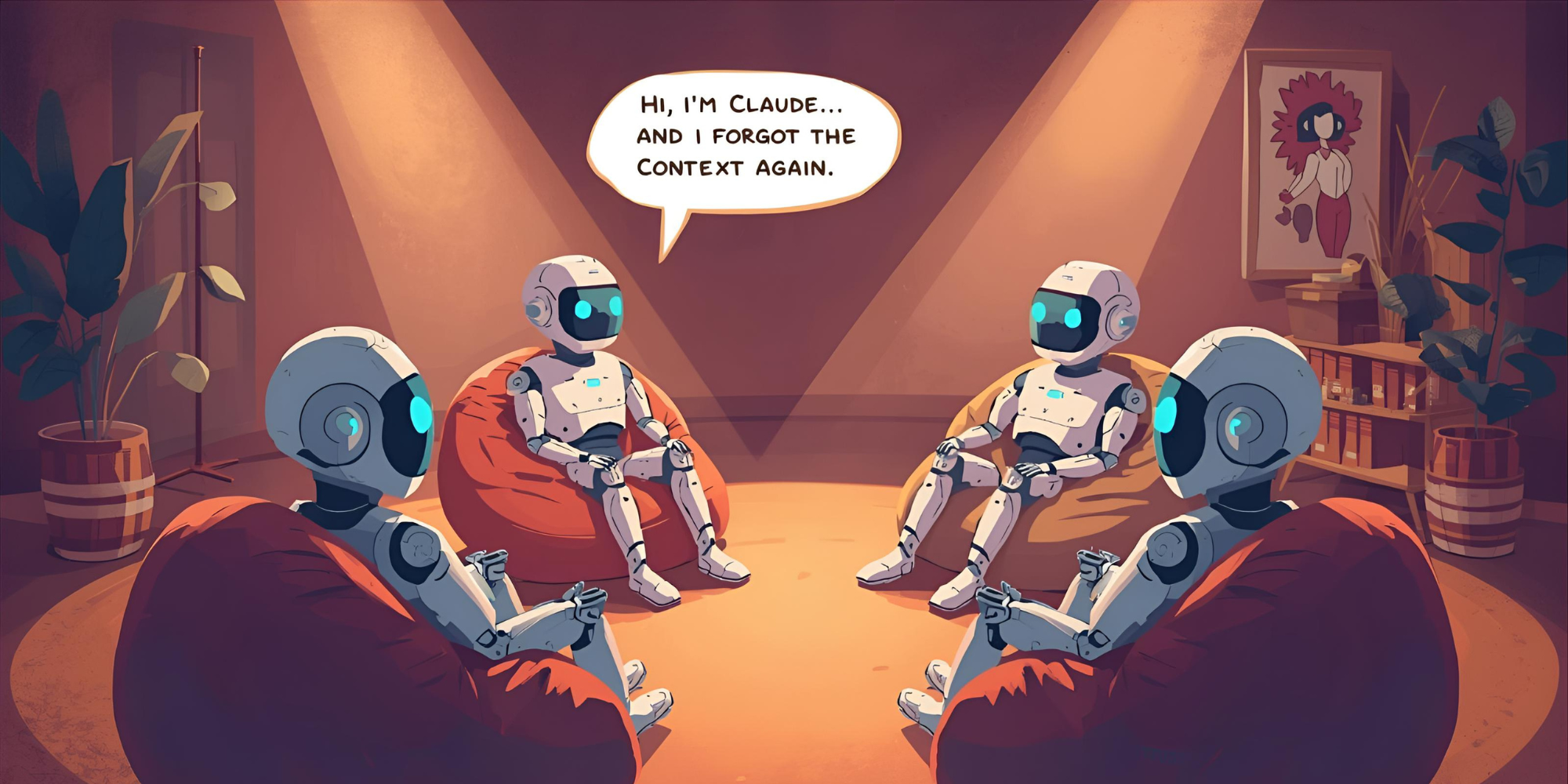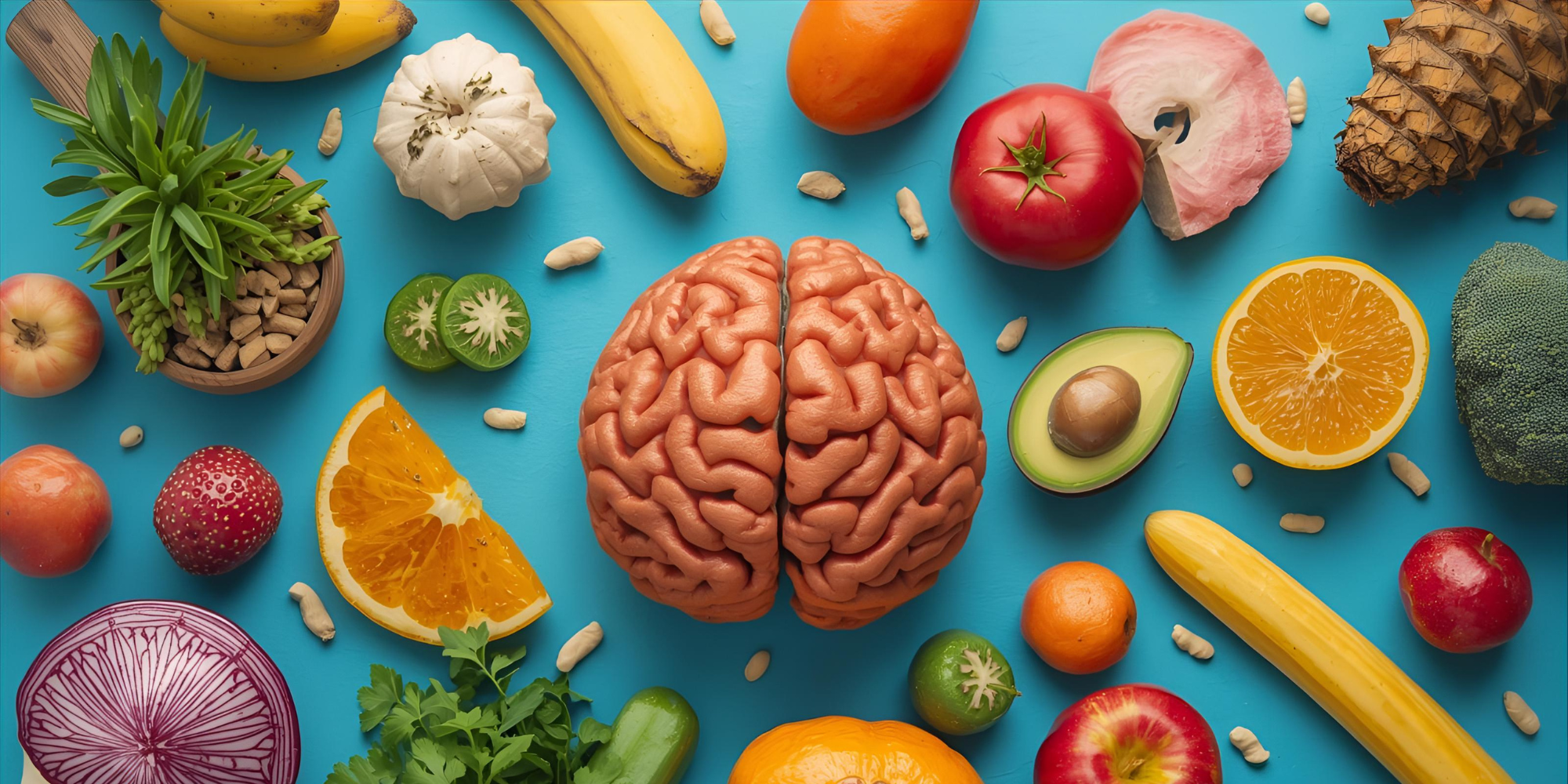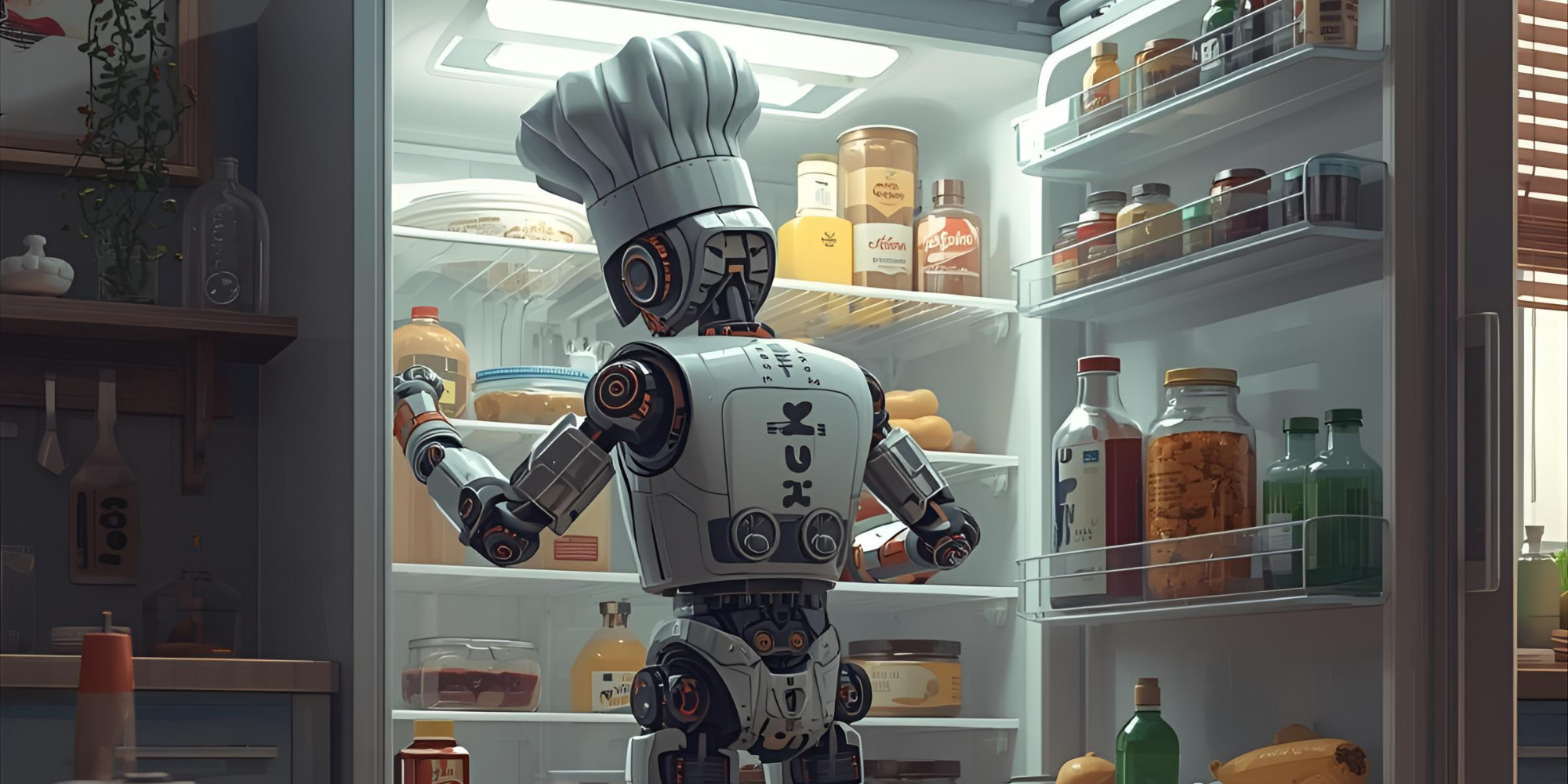How teams can build an AI memory with their own files
Your team creates brilliant insights every day. Then they disappear into Slack threads and forgotten folders. Here's how to change that.

A group of smiling colleagues sit around a table with glasses of orange juice, symbolizing teamwork, shared ideas, and collaborative knowledge building.
Last week, our designer asked me, "Didn't we already solve this problem six months ago?" Yes. We had. The solution was buried in a Slack thread, documented in a Google Doc that nobody could find, with learnings scattered across three different project folders.
We're constantly reinventing wheels we've already built. 🎡
The hidden cost of smart teams
Smart teams generate incredible insights. User research findings. Technical lessons learned. Strategic pivots. Competitive intelligence. Customer feedback gold mines. But here's the paradox: the smarter your team, the more knowledge you lose.
Because smart people move fast, and fast-moving teams don't have time to document everything. The insights get trapped in individual heads, buried in communication tools, or scattered across disconnected systems. When someone leaves, they take half your institutional knowledge with them. When you start a new project, you're rebuilding context from scratch.
What an AI memory actually looks like
Imagine if your team had a brain that never forgot anything. 🧠 Every customer conversation, every design decision, every failed experiment, every breakthrough insight — all connected, all searchable, all ready to inform the next decision.
When your designer wonders about that problem from six months ago, they don't dig through Slack. They ask the team brain: "How did we handle user onboarding for mobile last time?" And get the full context instantly. That's not science fiction. That's just good knowledge management plus AI.
The three layers of team knowledge
After months of studying how teams create and lose knowledge, I've found three distinct layers:
Layer 1: Explicit knowledge — The stuff that's written down. Documents, presentations, specs, meeting notes. This is the easy layer — it exists, you just need to organize it.
Layer 2: Implicit knowledge — The context behind decisions. Why you chose option A over option B. What you learned from that failed experiment. The reasoning that shaped your strategy. This is harder to capture but incredibly valuable.
Layer 3: Tacit knowledge — The intuitive understanding that comes from experience. How your customers really behave. What "good design" means for your product. The cultural context that guides decisions. This is the hardest to document but often the most important.
How to build your team's AI memory
Don't try to capture everything at once. You'll burn out your team and create a system nobody uses. Instead, start strategic. Pick one project, one domain, one area where knowledge loss is actually expensive. Then build the system around that.
Week 1: Inventory what you have — Audit your knowledge scattered across Slack, Google Drive, Notion, email, and people's heads. Don't organize it yet — just map it. You need to understand the scope before you can fix it.
Week 2: Capture the high-value stuff — Focus on knowledge that gets referenced frequently, took significant effort to create, or would be expensive to lose. Customer research. Technical architecture decisions. Strategic pivots. Competitive analysis.
Week 3: Connect the dots — The magic happens when information connects. Link related documents. Tag by project, customer segment, or problem type. Show relationships between different pieces of knowledge.
Week 4: Make it searchable — Your AI memory is only as good as your ability to retrieve information. Natural language search, smart tagging, and contextual suggestions turn your knowledge base into something actually useful.
The mistakes everyone makes
Building the perfect system first. You'll spend months on infrastructure and never capture any knowledge. Start messy, improve iteratively.
Making it someone's job. Knowledge management can't be one person's responsibility. It needs to be embedded in how the team works.
Focusing on storage instead of retrieval. It doesn't matter how much you capture if nobody can find it when they need it.
Ignoring the cultural layer. The best knowledge systems reflect how teams actually think and work, not how they're supposed to work.
What changes when you get this right
Teams with good AI memory systems don't just work faster — they work smarter. 📈
New hires get up to speed in days instead of months because the context is accessible, not tribal.
Strategic decisions build on previous insights instead of starting from scratch every time.
Customer conversations inform product decisions because the feedback doesn't disappear into support tickets.
AI tools become exponentially more useful because they have access to your team's actual context, not generic knowledge.
Start with one project
Pick your most important ongoing project. The one where lost context hurts the most.
Spend one hour this week documenting what you know about it. The goals, constraints, decisions made so far, lessons learned, open questions.
Then ask your AI tool to help you plan the next phase, using all that context.
The difference will be immediately obvious. And once you see it, you'll never want to work without a team memory again.
Ready to stop losing your best insights?
Start using Feed Bob with your team today. Currently saving teams 30+ minutes per day by eliminating context re-explaining.
Try for Free →Free tier available • No credit card required


